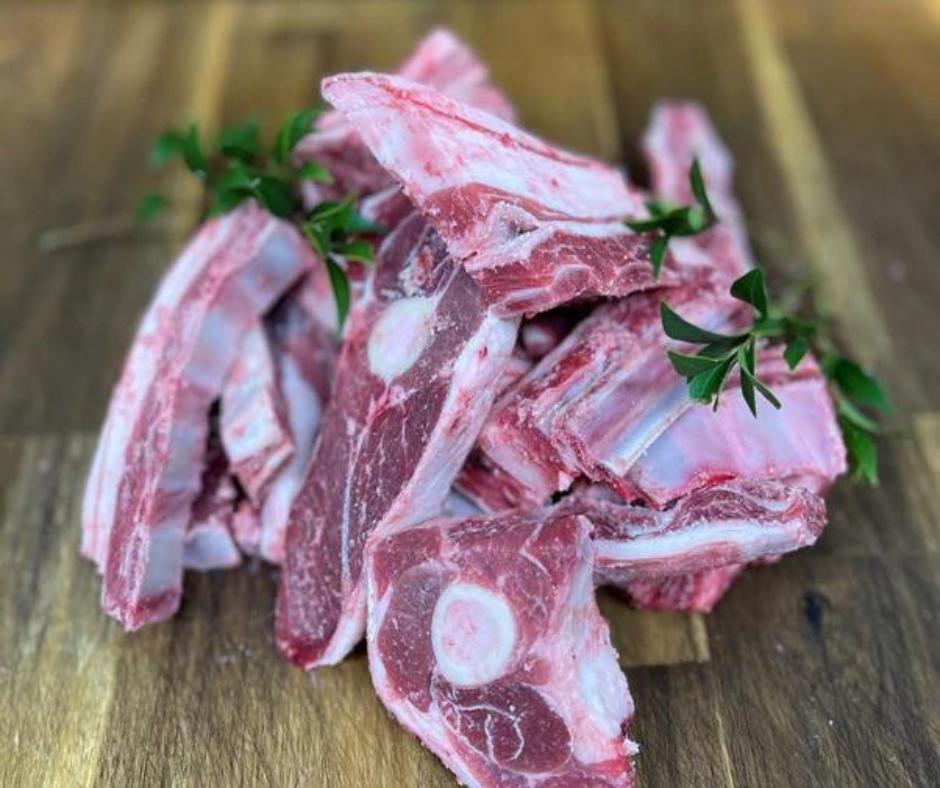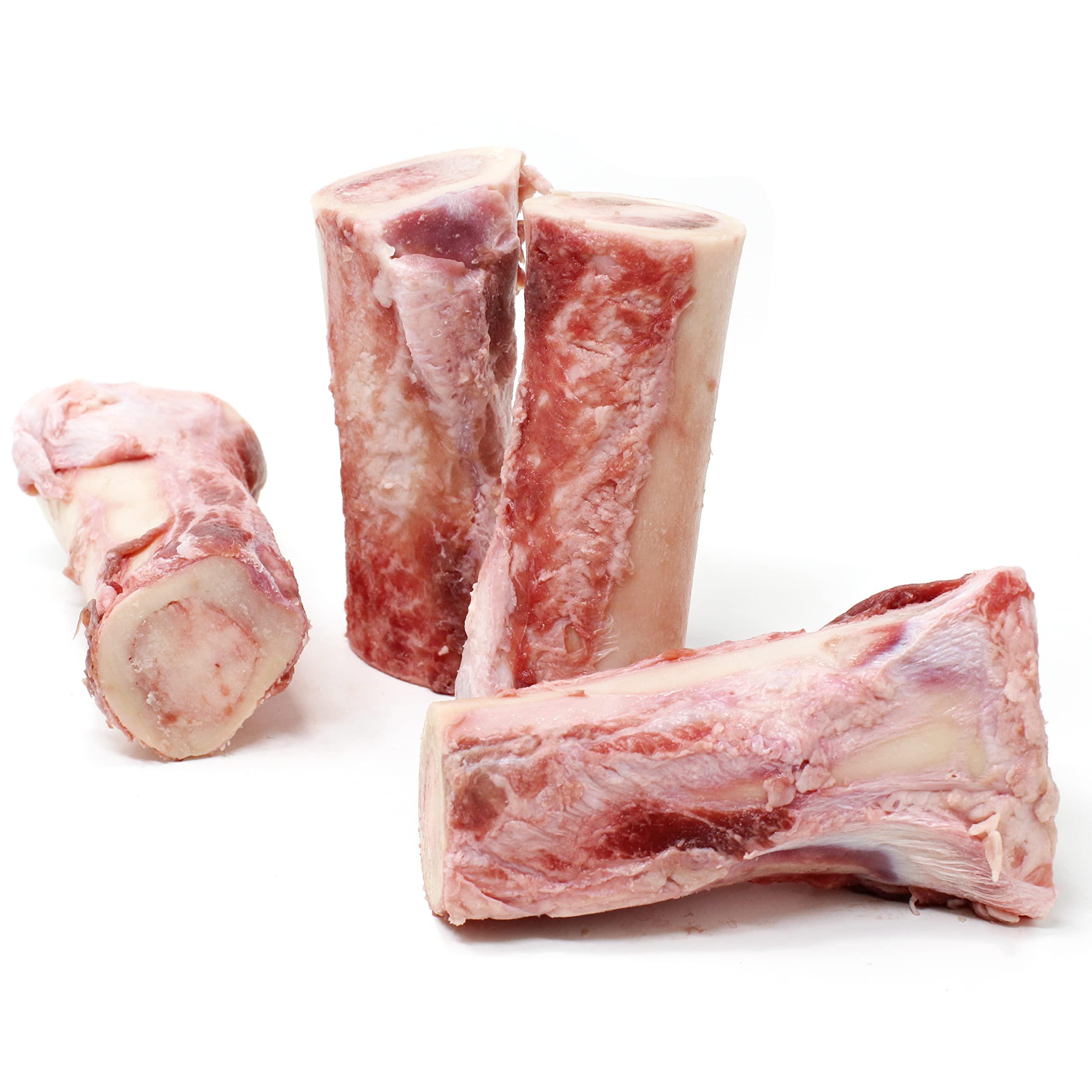When it comes to caring for our beloved canine companions, we often find ourselves questioning the best dietary choices to ensure their health and happiness. One common debate among dog owners and veterinarians alike is whether it’s safe for dogs to eat raw bones. This topic, filled with both passion and caution, deserves a thoughtful exploration. In this article, we will delve into the potential benefits and risks of feeding raw bones to dogs, providing you with a well-rounded understanding to make informed decisions for your furry friend. With a warm and instructive approach, we aim to guide you through the nuances of this dietary choice, ensuring your dog’s safety and well-being are always at the forefront.
Understanding the Nutritional Benefits of Raw Bones for Dogs
Raw bones are a powerhouse of nutrients that can significantly enhance your dog’s diet. They are rich in essential minerals such as calcium and phosphorus, which are vital for maintaining healthy bones and teeth. Additionally, raw bones provide a natural source of glucosamine and chondroitin, compounds known to support joint health. This can be particularly beneficial for active breeds or older dogs prone to joint issues. Beyond the obvious health benefits, chewing on raw bones can help maintain oral hygiene by naturally scraping away plaque and tartar, thus promoting fresh breath.
When considering raw bones for your furry friend, it’s crucial to ensure they are appropriate for your dog’s size and chewing habits. Here are some key considerations:
- Choose the Right Type: Opt for bones that are large enough to prevent choking but not so hard that they could break teeth.
- Supervise Chewing: Always monitor your dog while they enjoy their raw bone to prevent any potential hazards.
- Freshness Matters: Ensure the bones are fresh to avoid bacterial contamination.
By understanding and implementing these guidelines, you can safely incorporate raw bones into your dog’s diet, enriching their nutritional intake and overall well-being.
Identifying the Risks: What to Watch Out for When Feeding Raw Bones
While raw bones can offer numerous benefits to our furry friends, such as dental health and nutritional enrichment, it’s crucial to be aware of potential risks to ensure their safety. Bone splintering is one of the primary concerns; sharp fragments can lead to injuries in the mouth, throat, or intestines. It’s essential to select bones that are large enough so your dog cannot swallow them whole. Moreover, raw bones from poultry or pork are generally softer and more prone to splintering, so it’s best to opt for beef or lamb bones instead.
- Choking hazards: Always supervise your dog while they’re enjoying their treat to prevent any accidents.
- Bacterial contamination: Raw bones can harbor harmful bacteria such as Salmonella or E. coli. Ensure the bones are fresh and sourced from reputable suppliers.
- Dental fractures: While chewing can promote dental health, overly aggressive chewers might risk breaking their teeth. Monitor their chewing habits and choose appropriately sized bones.
By being mindful of these factors, you can make raw bones a safer and more enjoyable experience for your canine companion. Remember, every dog is different, and what works for one might not work for another. Always consult with your veterinarian to tailor the best dietary choices for your pet.

How to Choose the Right Type of Raw Bones for Your Dog
Selecting the perfect raw bones for your furry friend involves a few key considerations to ensure safety and enjoyment. Firstly, size matters. Choose a bone that’s large enough so your dog can’t swallow it whole or break it into smaller, dangerous pieces. A good rule of thumb is to pick a bone that’s larger than your dog’s mouth. Secondly, opt for recreational bones such as beef knuckle bones or femurs, which are dense and less likely to splinter compared to chicken bones or other smaller varieties.
When choosing bones, always consider your dog’s chewing habits. If your pup is an aggressive chewer, opt for more robust options like beef shanks. For gentler chewers, softer options like lamb bones may be more suitable. Additionally, ensure the bones are fresh and raw; cooked bones can splinter easily and pose significant health risks. Look for bones from reliable sources, preferably organic or grass-fed, to avoid unnecessary additives. Regularly monitor your dog while they enjoy their treat to prevent any potential hazards.

Safe Practices for Introducing Raw Bones into Your Dogs Diet
When considering raw bones as a part of your dog’s diet, it’s crucial to follow safe practices to ensure their health and enjoyment. Choose the right type of bones: Opt for raw, meaty bones like chicken wings, turkey necks, or lamb ribs, which are soft and digestible. Avoid cooked bones, as they can splinter and cause serious harm.
Monitor your dog while they chew to prevent choking or swallowing large pieces. It’s important to supervise them closely, especially when introducing new types of bones. Additionally, maintain a clean feeding environment by serving bones on a washable surface and storing them properly to avoid bacterial contamination. Remember to introduce bones gradually into their diet, and always consult with your veterinarian to tailor the approach to your dog’s specific needs.
- Choose appropriate bones for your dog’s size and chewing habits.
- Introduce bones slowly and observe for any adverse reactions.
- Keep fresh water available at all times.
- Regularly check your dog’s teeth and gums for any signs of damage.

